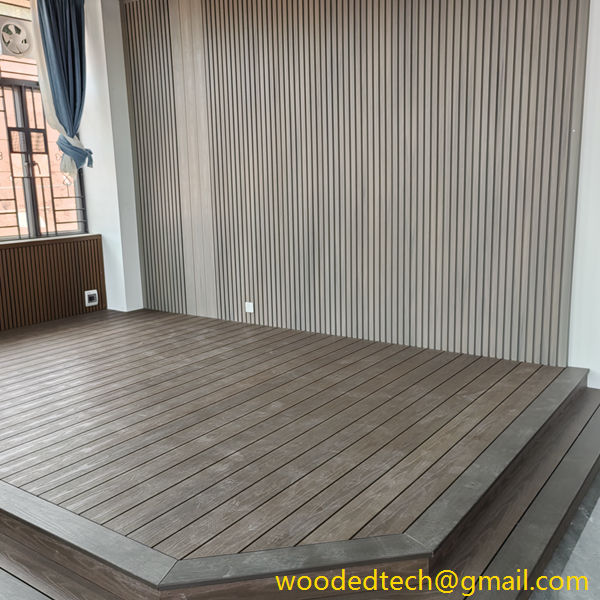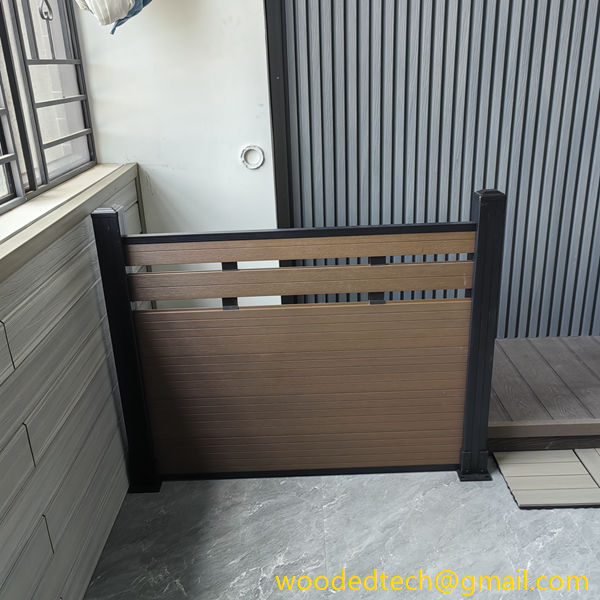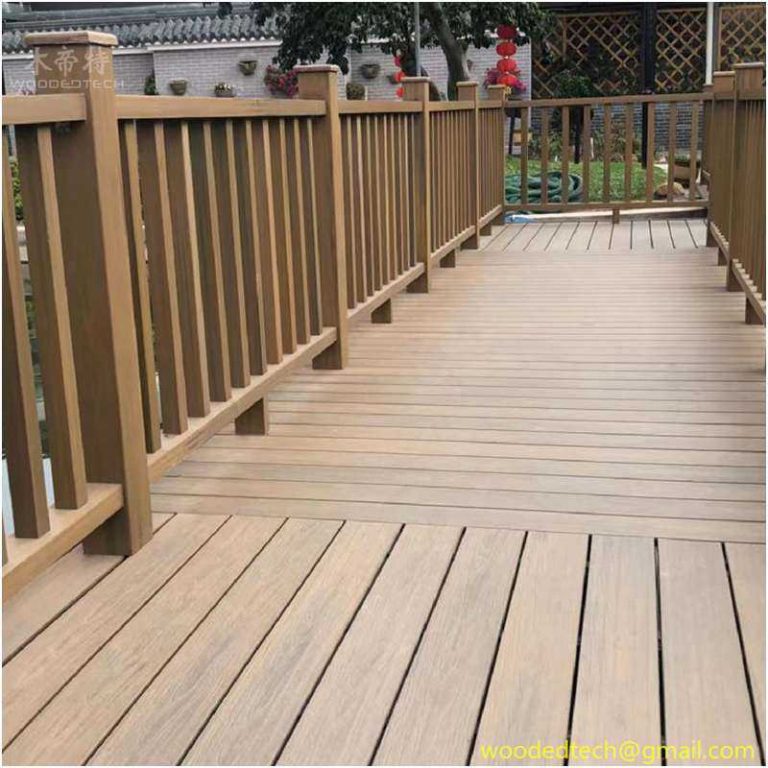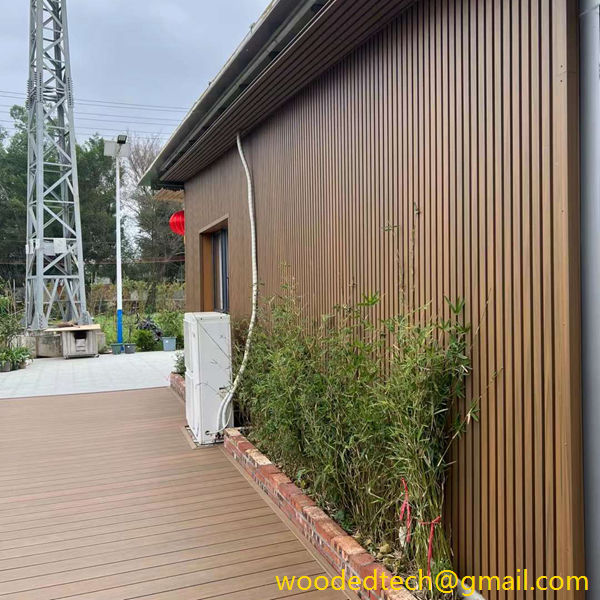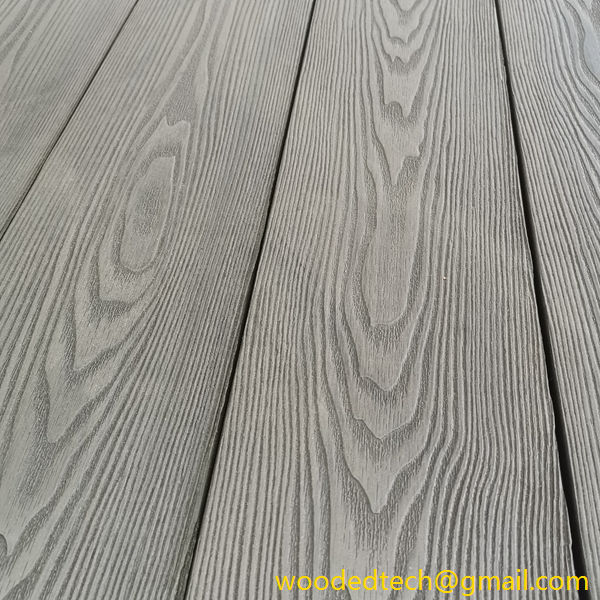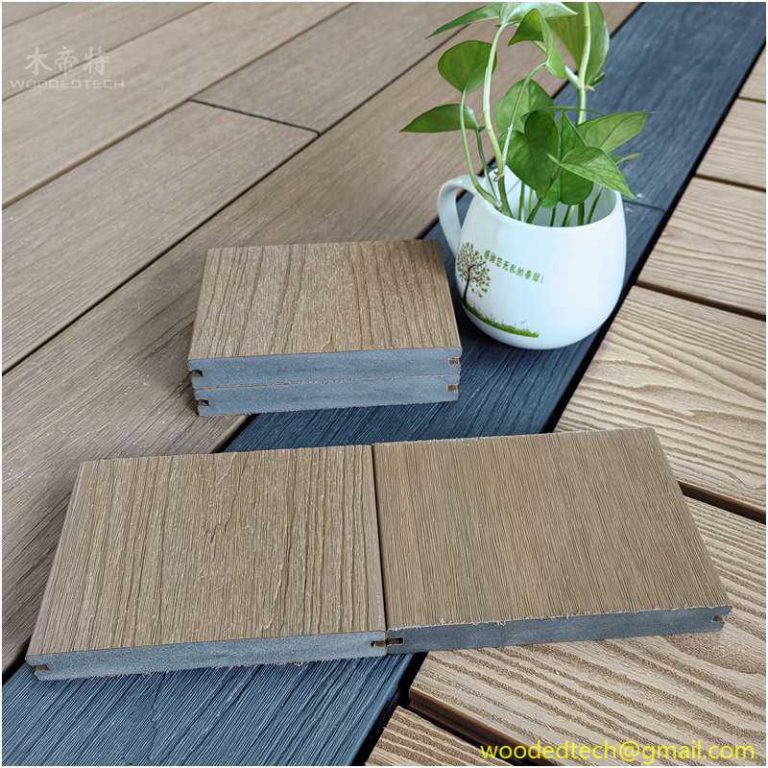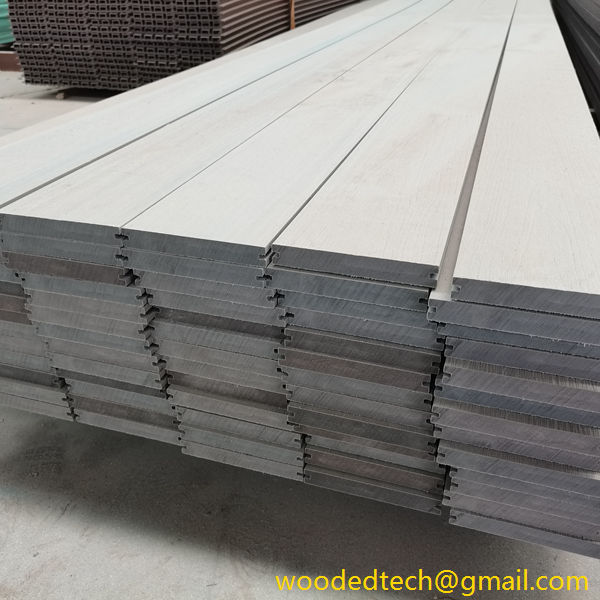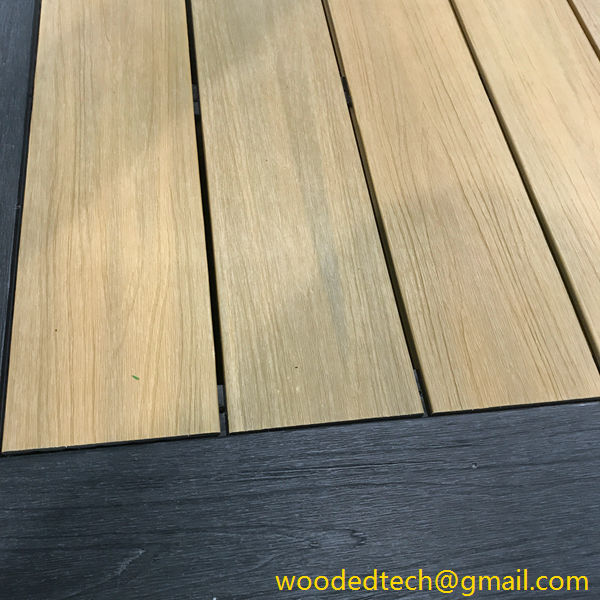Sturdy Composite Wall Boards for Reliable Building Applications
Sturdy Composite Wall Boards for Reliable Building Applications In the modern construction industry, the quest for materials that combine durability, reliability, and cost-effectiveness is ever-present. Among the various options available, sturdy composite wall boards have emerged as a favored choice for many builders and developers. These innovative materials offer excellent insulation, structural integrity, and resistance…
Sturdy Composite Wall Boards for Reliable Building Applications
In the modern construction industry, the quest for materials that combine durability, reliability, and cost-effectiveness is ever-present. Among the various options available, sturdy composite wall boards have emerged as a favored choice for many builders and developers. These innovative materials offer excellent insulation, structural integrity, and resistance to environmental factors, making them ideal for a wide range of building applications. One of the most significant advantages these composite wall boards present is the cost-effectiveness of their production, particularly in China.
China has established itsel
Moreover, China’s manufacturing infrastructure is highly developed, with an extensive network of factories equipped with advanced technology. This infrastructure enables efficient production processes that enhance productivity and reduce costs. Automation and modern manufacturing techniques have led to increased output rates and minimized waste, further driving down production costs. As a result, Chinese manufacturers can offer high-quality composite wall boards at prices that are often lower than their competitors in other countries.
Labor costs also play a crucial role in the cost advantage of China’s production areas. Although labor costs have been rising in recent years, they remain relatively low compared to many Western countries. The availability of a skilled workforce allows manufacturers to maintain high levels of productivity while controlling labor expenses. This balance ensures that the cost of production remains competitive, enabling Chinese manufacturers to provide affordable composite wall boards to the global market.
In addition to these factors, China has invested heavily in research and development, particularly in the field of sustainable materials and construction technologies. The push for environmentally friendly products has led to innovations in the formulation and production of composite wall boards. By focusing on sustainable practices, manufacturers can not only reduce costs associated with raw materials but also cater to the growing demand for eco-friendly building solutions. This strategic alignment with global sustainability trends positions Chinese producers advantageously in the international marketplace.
The logistics of shipping and distribution also contribute to the cost advantages of Chinese-produced composite wall boards. With a robust shipping infrastructure and numerous international trade agreements, Chinese manufacturers can efficiently export their products to markets around the world. Shorter shipping times and lower freight costs further enhance the overall affordability of Chinese composite wall boards, making them an attractive option for builders and developers looking to minimize expenses while maintaining quality.
Furthermore, the competitive landscape in China has fostered a culture of innovation and efficiency among manufacturers. With numerous companies vying for market share, there is a constant push to improve product offerings and streamline production processes. This environment encourages companies to adopt best practices and invest in new technologies, resulting in better products at lower prices for consumers.
The advantages of using sturdy composite wall boards produced in China extend beyond cost savings. These materials boast impressive performance characteristics that make them suitable for a variety of applications. For example, composite wall boards provide excellent thermal insulation, which can significantly reduce energy consumption in buildings. This energy efficiency not only lowers utility costs for building owners but also contributes to environmental sustainability—a crucial consideration in today’s construction landscape.
Additionally, composite wall boards are known for their durability and resistance to moisture, pests, and fire. This resilience translates to lower maintenance costs and longer lifespans for buildings constructed with these materials. By choosing composite wall boards from China, builders can ensure that their projects are not only economically viable but also built to last, offering peace of mind to property owners and occupants alike.
In conclusion, the cost advantage of China’s production areas for sturdy composite wall boards is a multifaceted phenomenon driven by several key factors. From access to affordable raw materials and advanced manufacturing infrastructure to competitive labor costs and a commitment to innovation, these elements combine to create a favorable environment for producing high-quality, cost-effective building materials. As the global construction industry continues to evolve, the demand for reliable and affordable materials will only grow. With its established position in the market, China is poised to remain a leading supplier of composite wall boards, offering builders and developers the perfect balance of quality, durability, and cost-efficiency for their projects. The future of construction materials may very well be shaped by the innovations and competitive advantages found within China’s production landscape.

